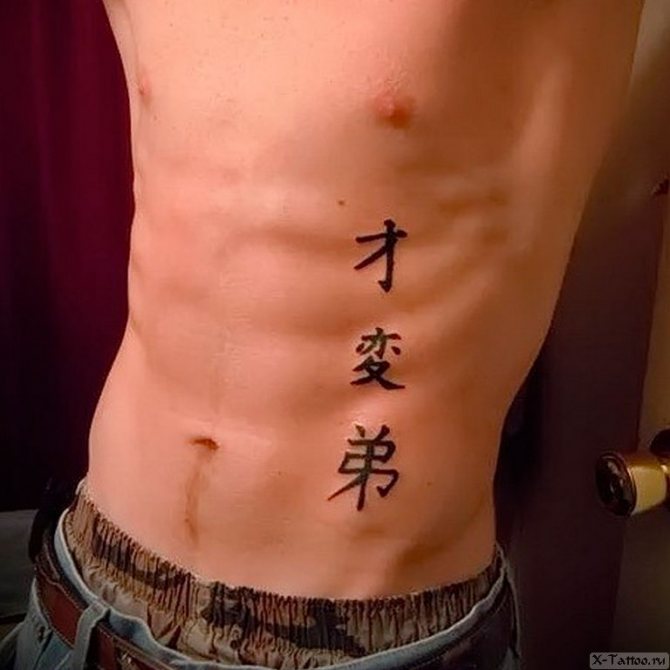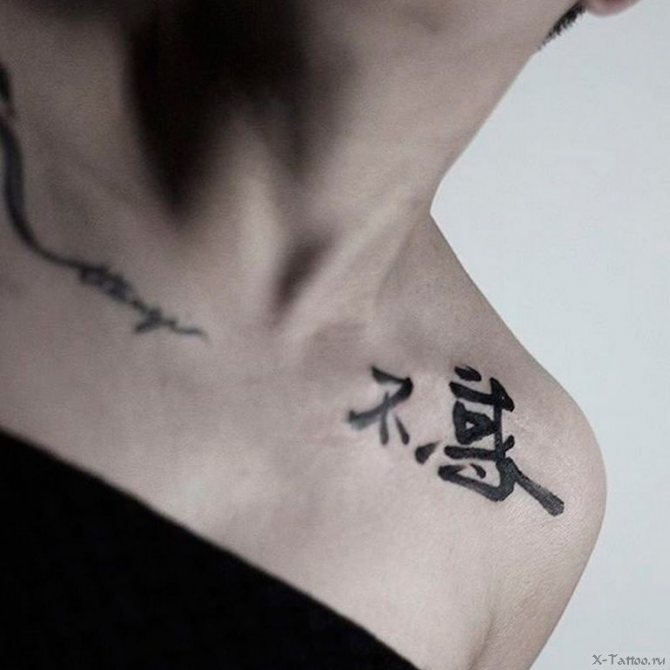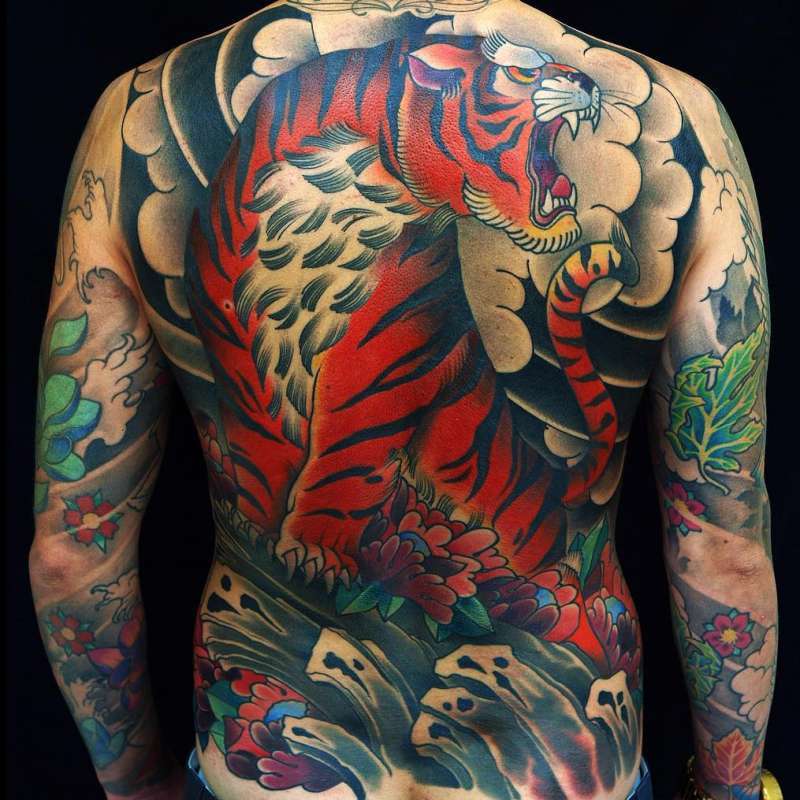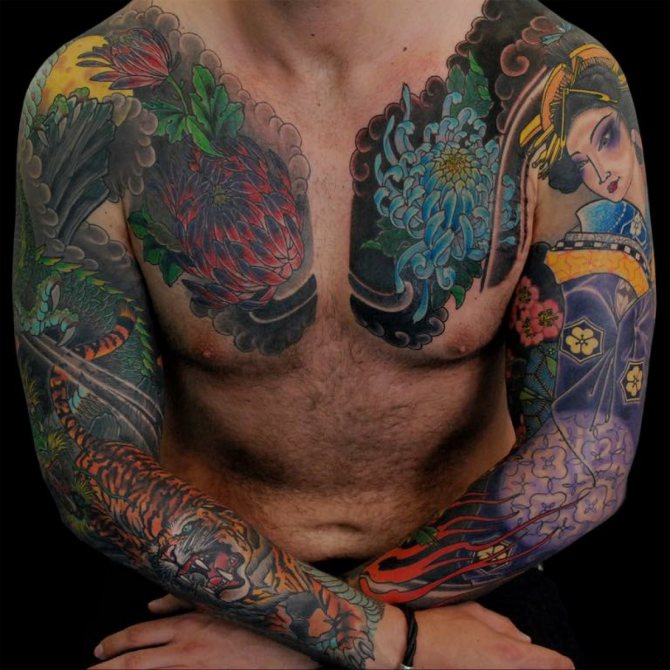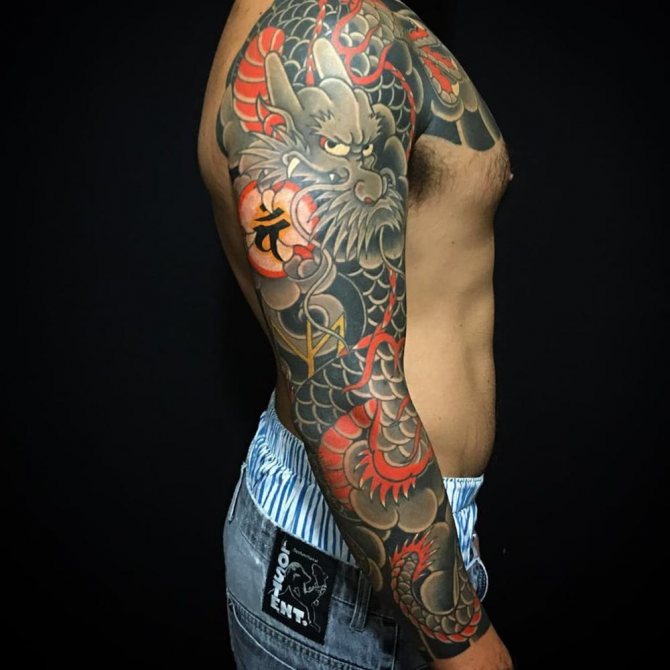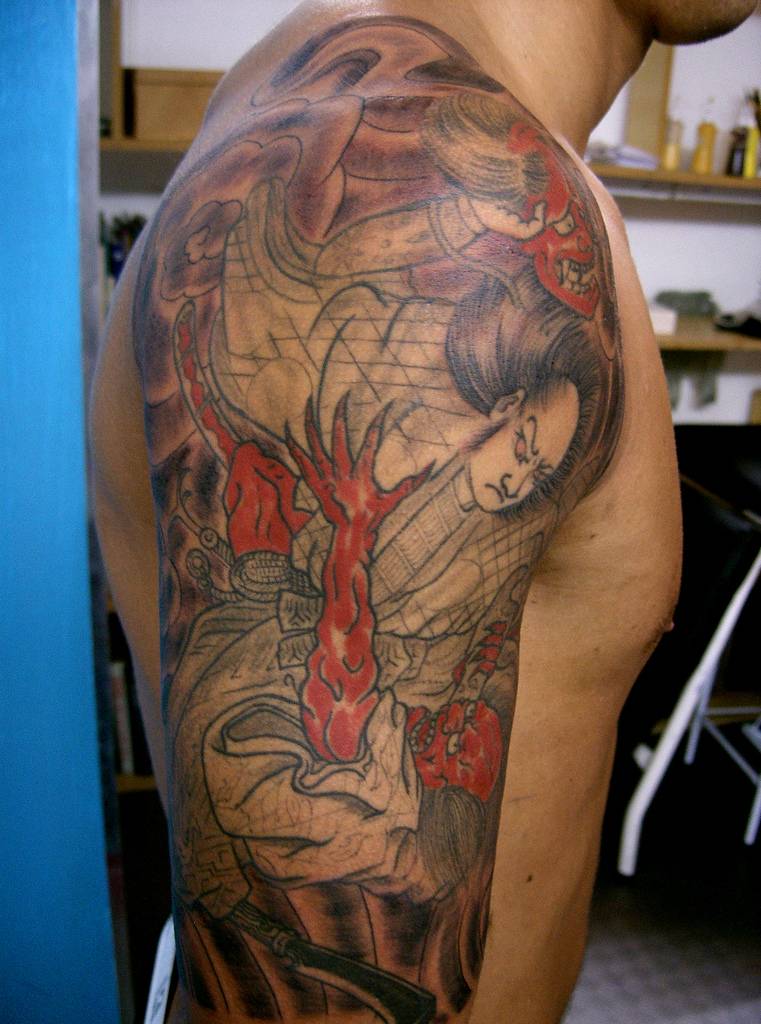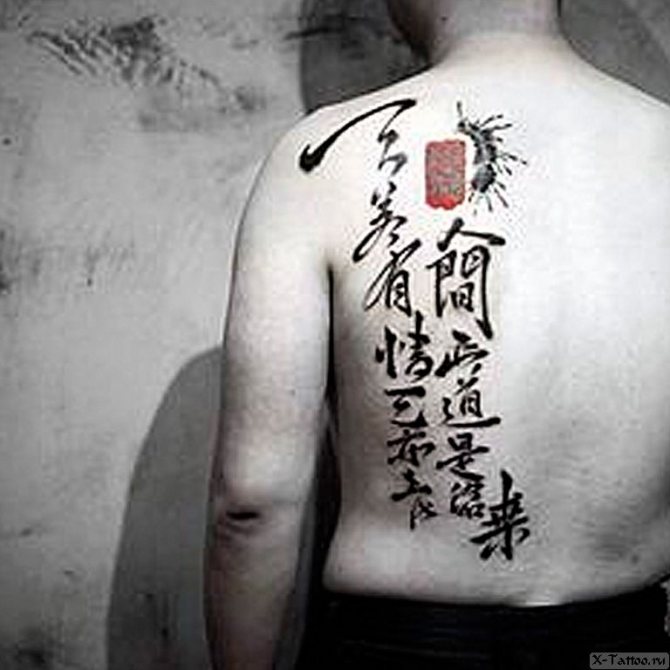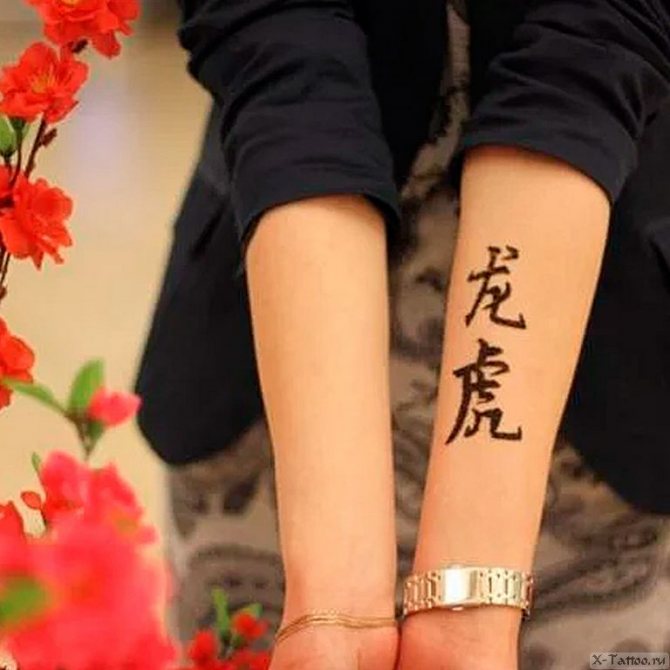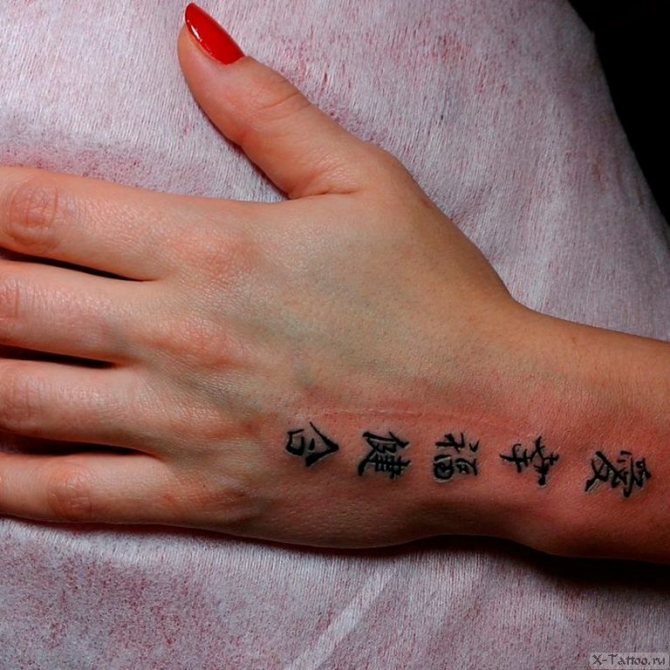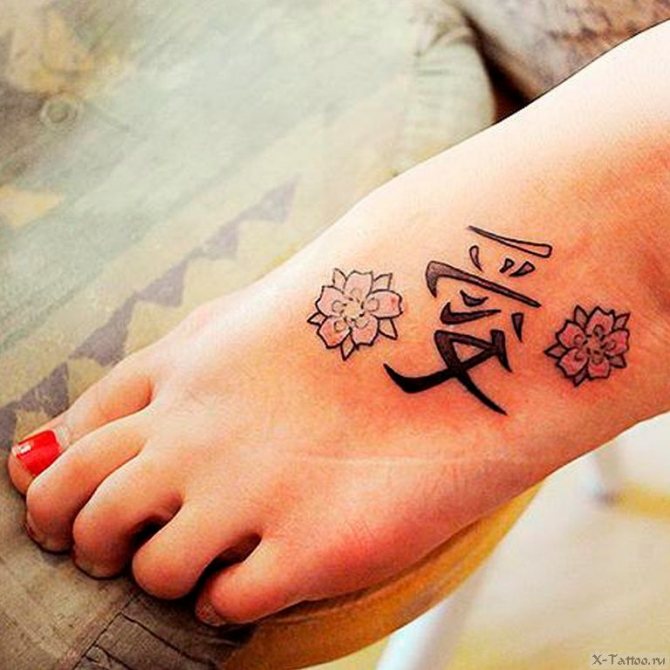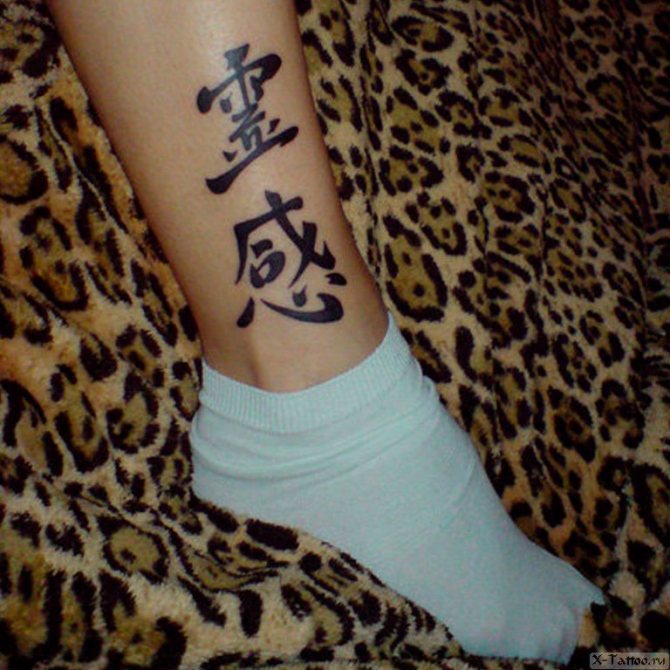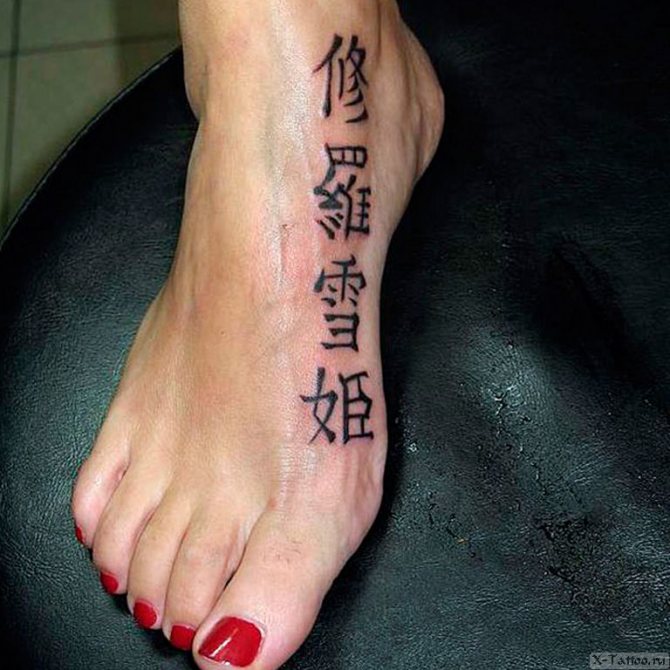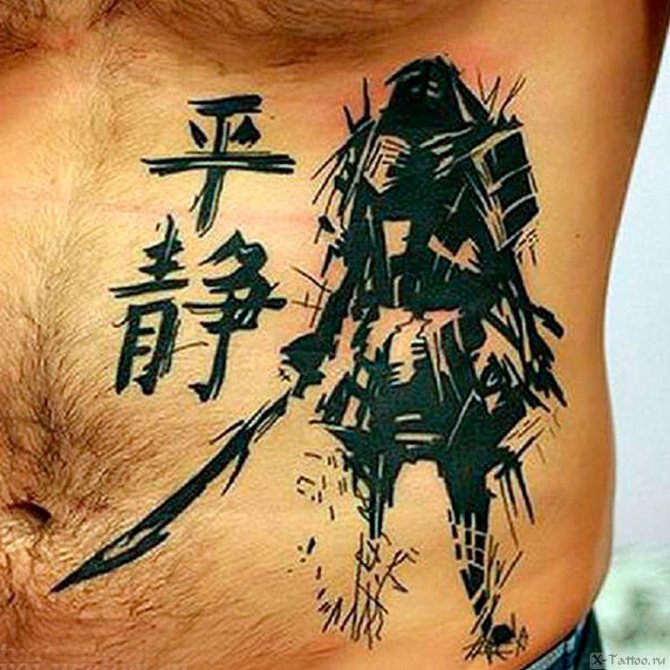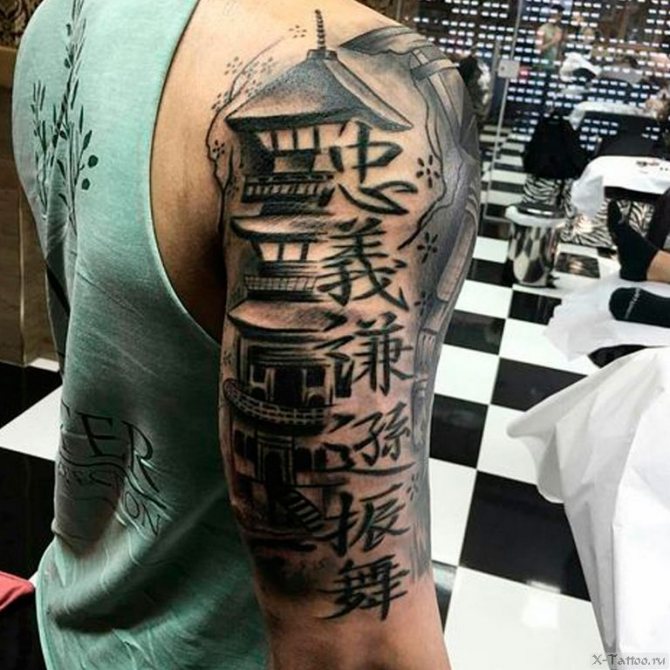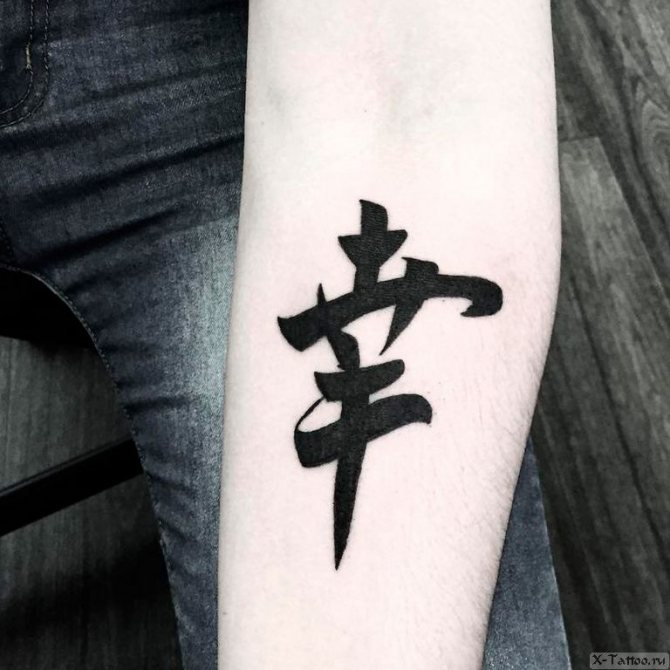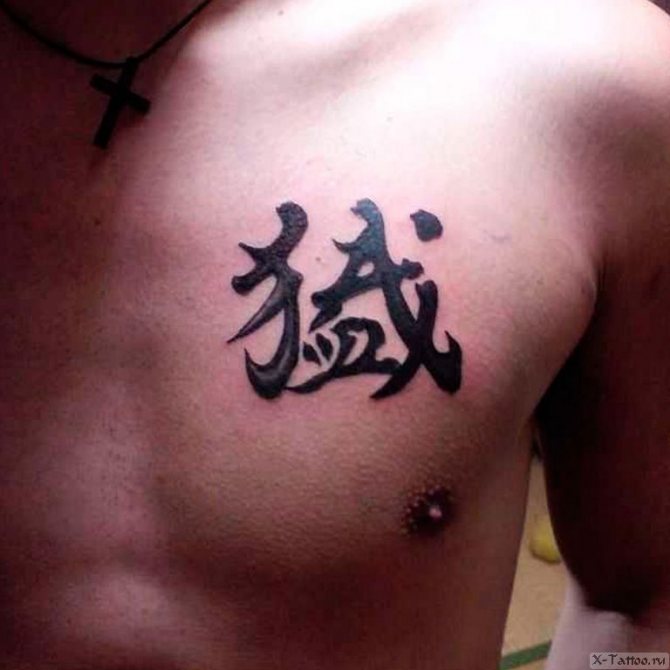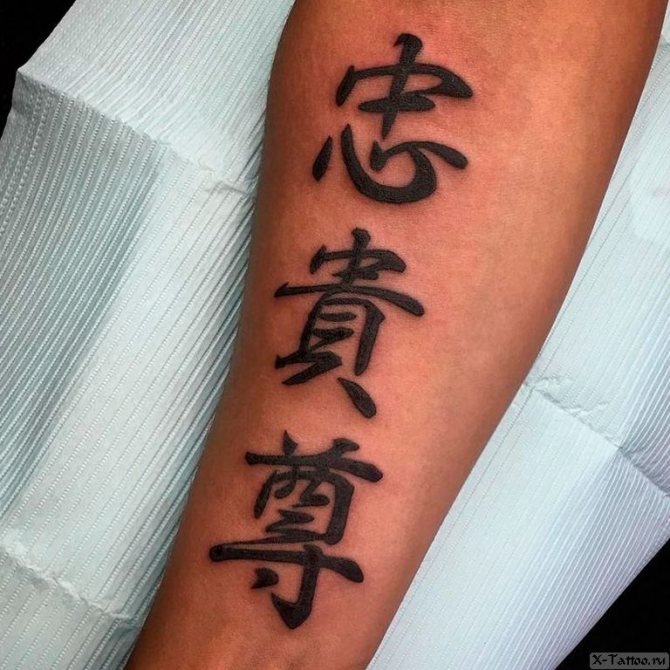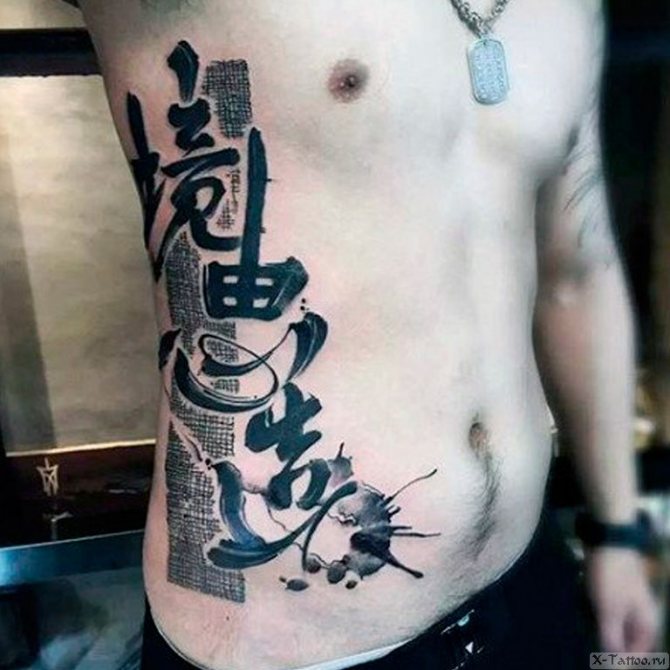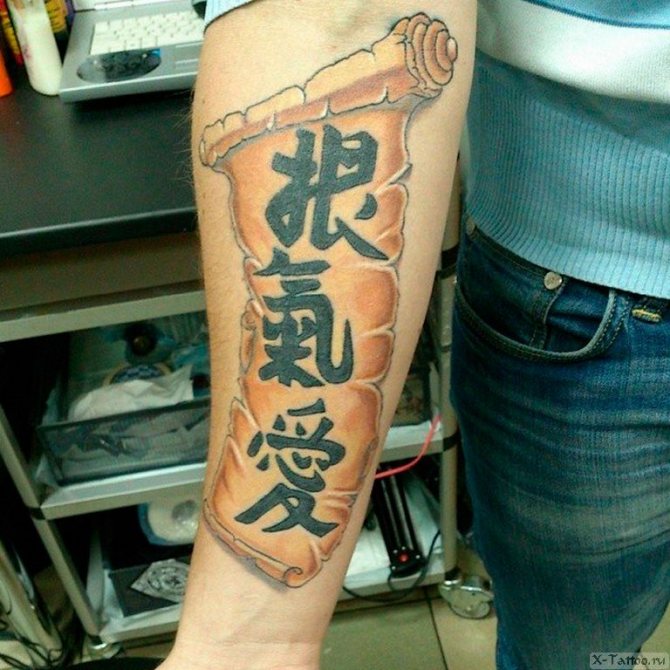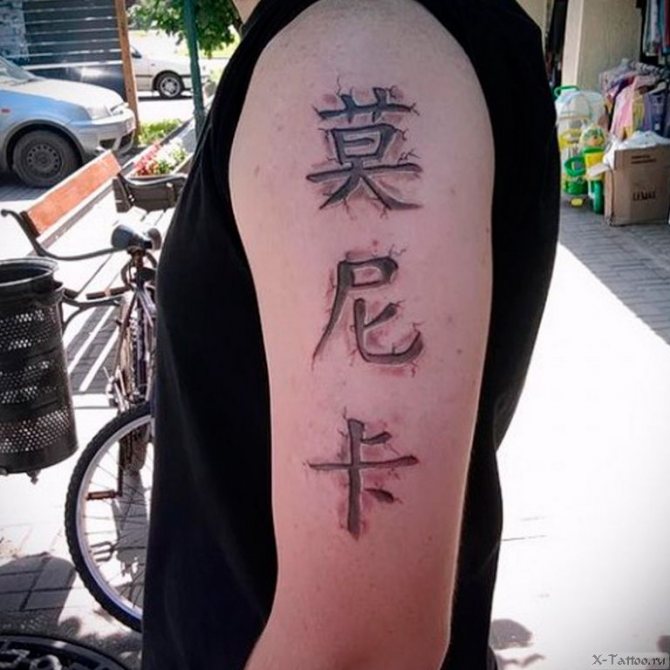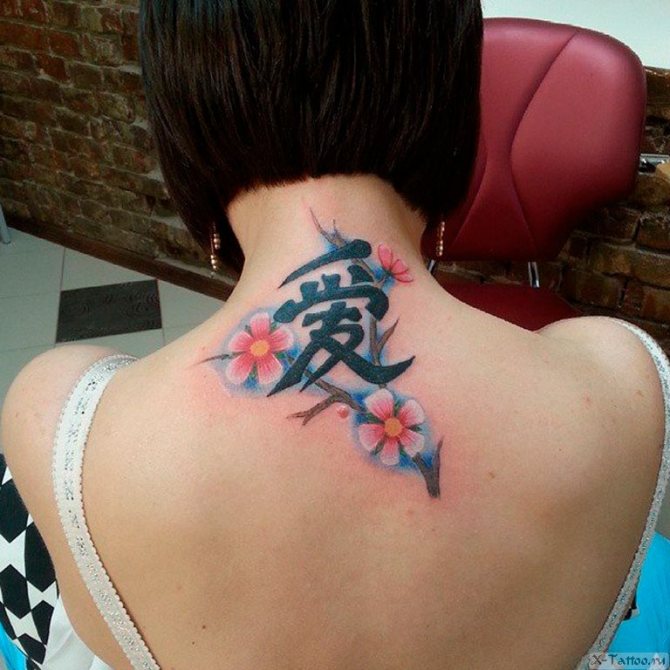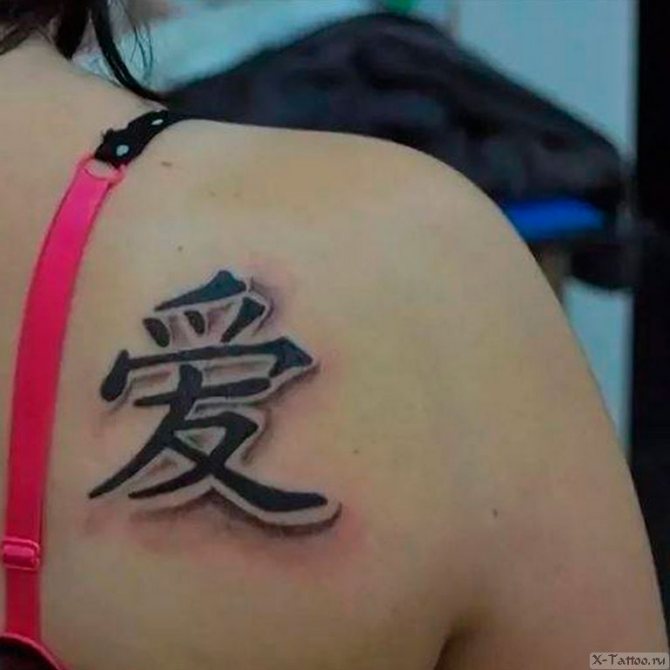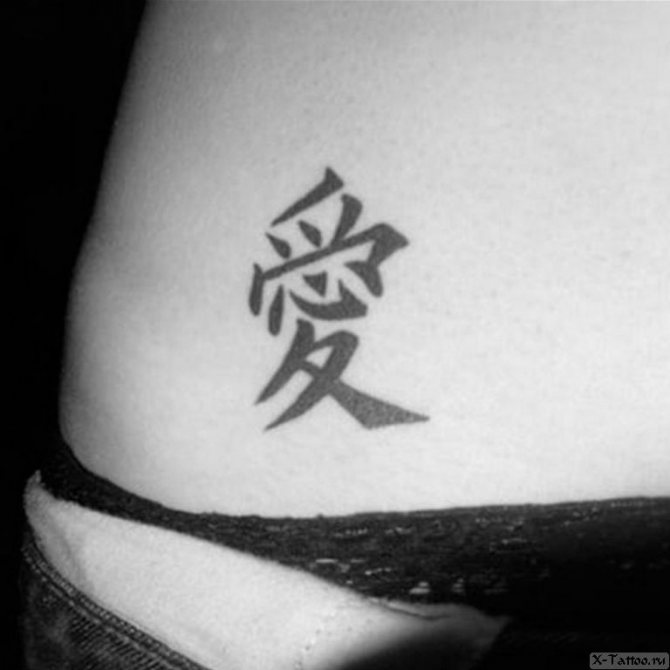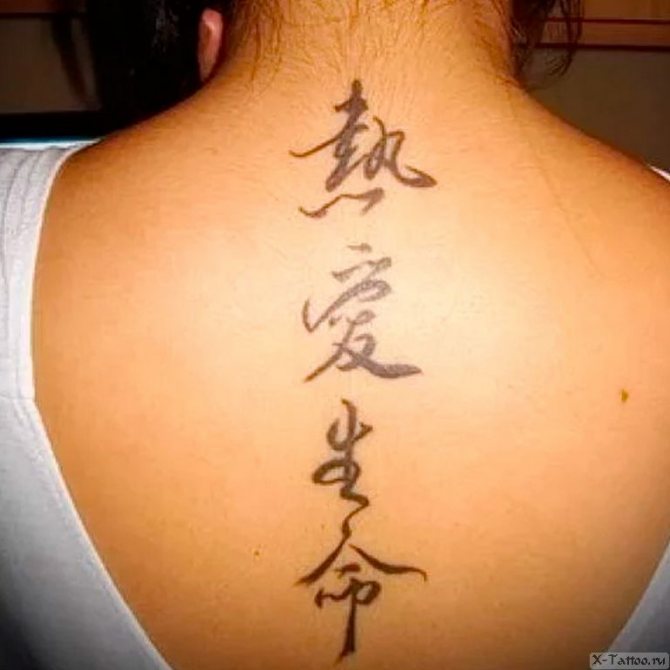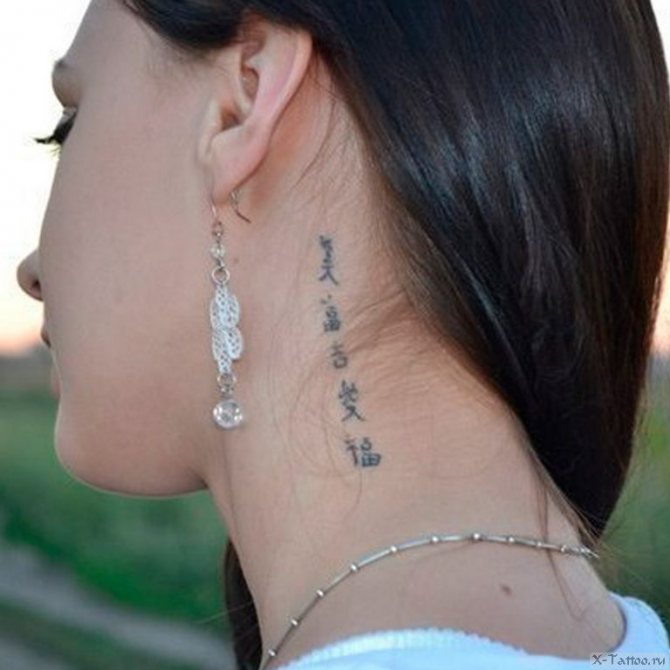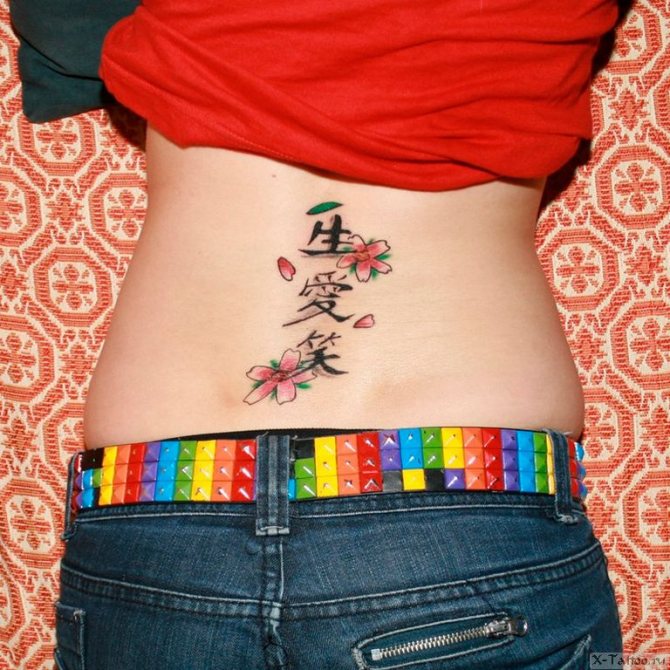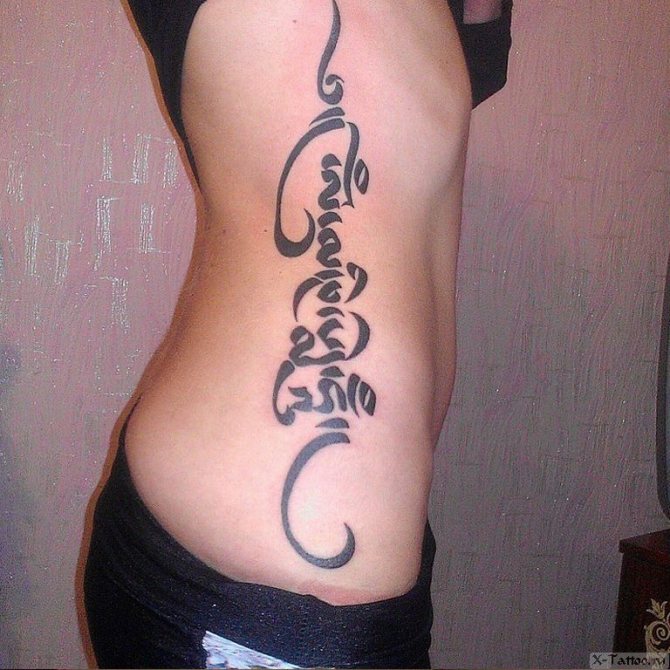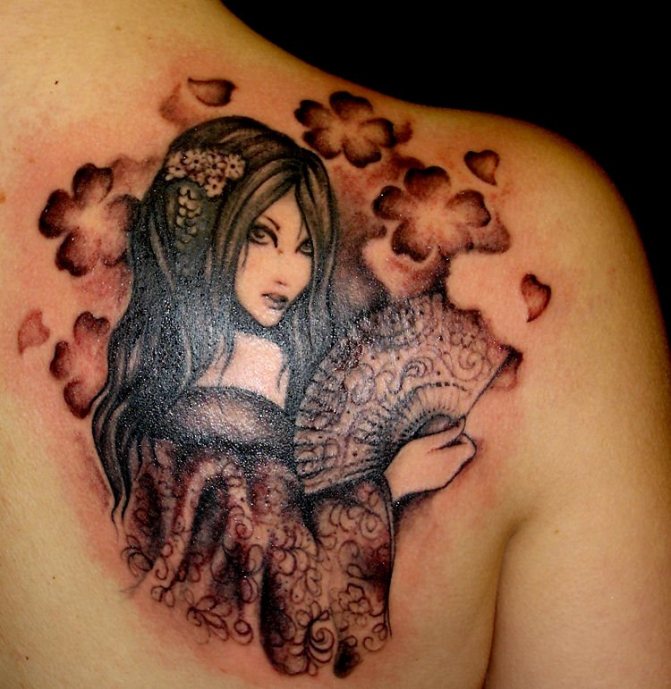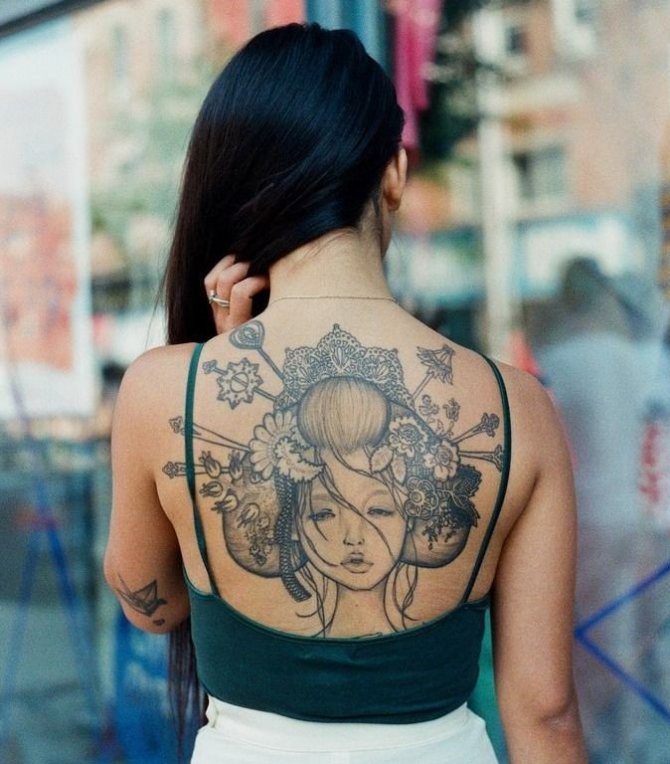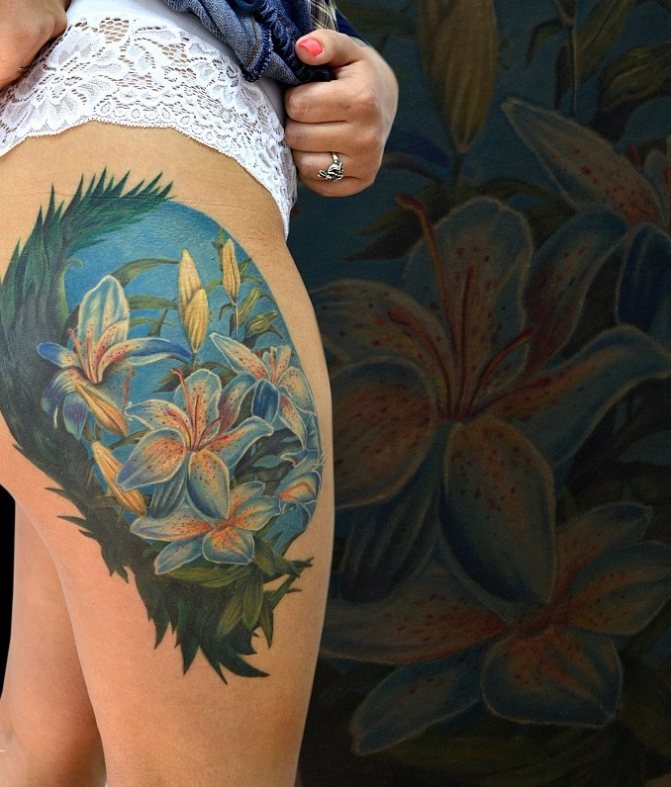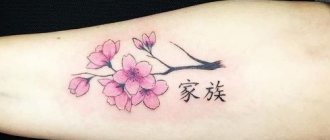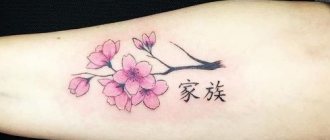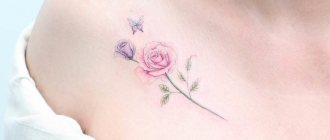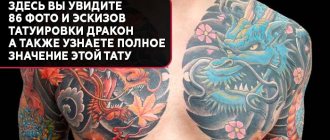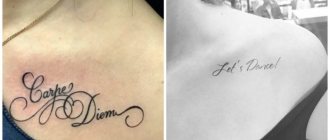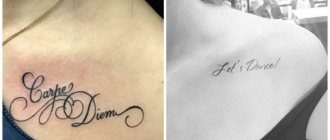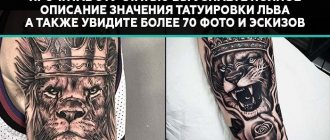There are several categories of people who have tattoos in Hieroglyphics. Some are fans of Asian culture. Others because it is possible to conceal the meaning of the tattoo, as opposed to a regular design. Some people choose to draw their hearts and minds in the mystical meaning of the symbol. And the fourth just for the beauty.
In any case, there are many such people, both among men and women. If you are one of them, then this article is just for you. Here we will tell about the meaning of different hieroglyphs, translate them into Russian and show examples of ready-made tattoos on all parts of the body.
Sketches of hieroglyphs and their meanings
A big plus of this type of tattoos is simplicity. Almost any adequate master can do the job. This fact saves a lot of money on the tattooist.
Thus, the price of the tattoo is greatly reduced.
But there is a big minus. It is easy to make a mistake in the writing of the character. Especially when there are several of them, making up an entire inscription. In the same way, it is possible to make a mistake with the translation. In the network a huge number of photos of tattoos, where the meaning is different from the intended.
Many people do not know, but most of the characters in tattoos are Chinese and Japanese. There is very little demand for Korean ones. And in Korea itself, tattoos are viewed negatively.
Chinese with translation
The most common characters in tattoos are Chinese.
By the way, many people refer to the hieroglyphs of Arabic symbolism (e.g. Egyptian), although this is not entirely correct.
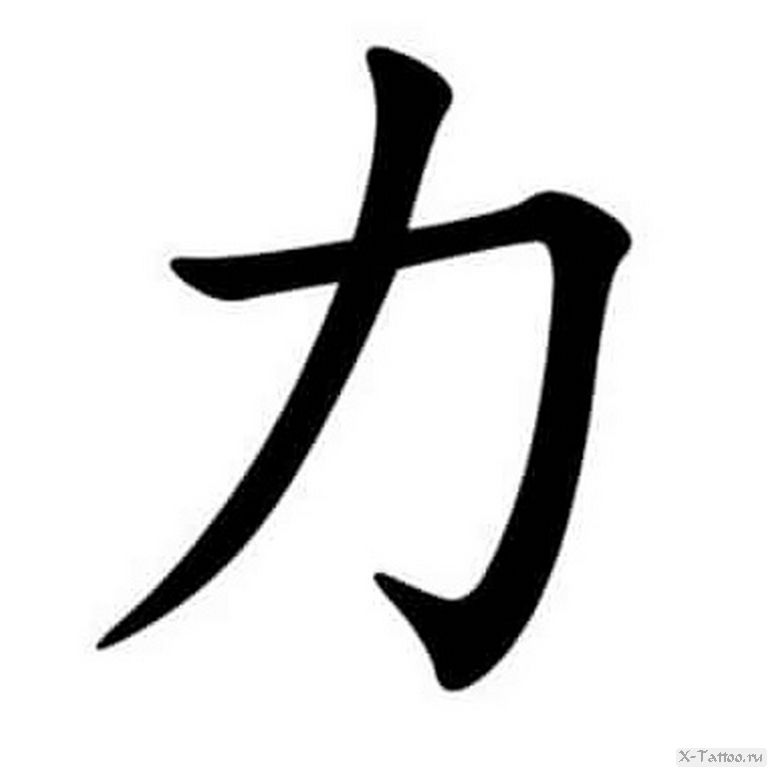
Power
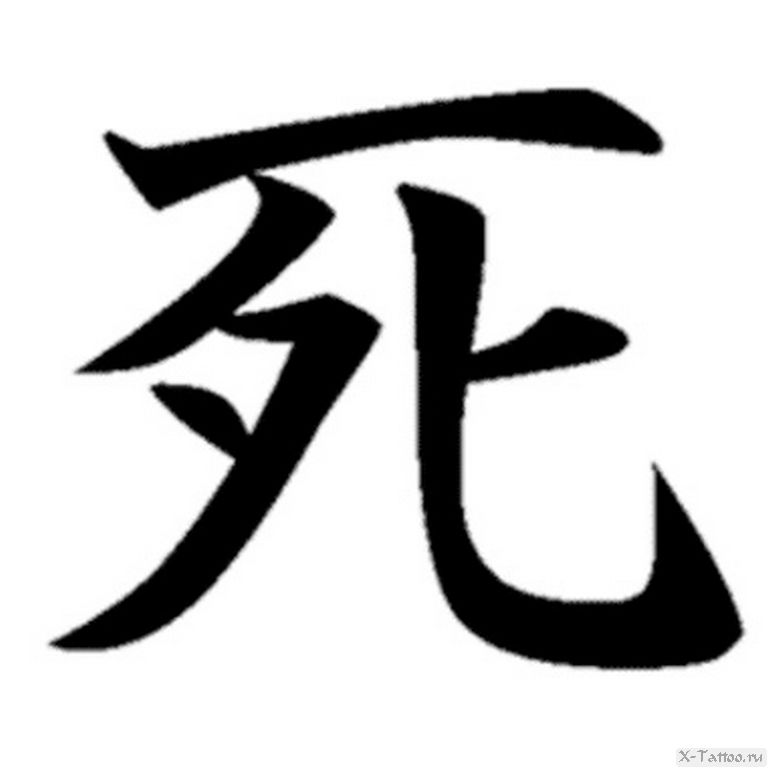

Death Calm Happiness Fortune
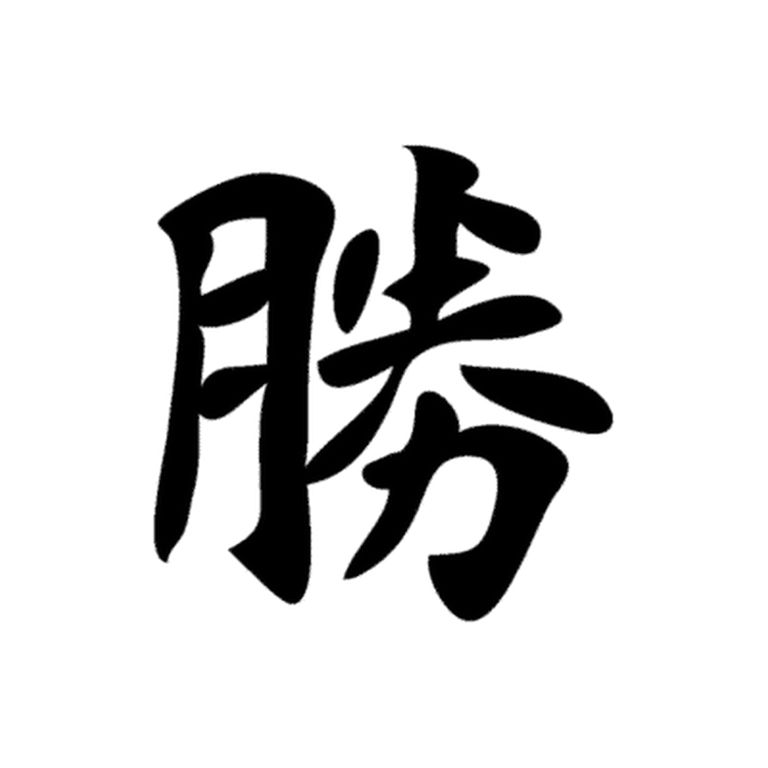

Success


Wealth Great happiness
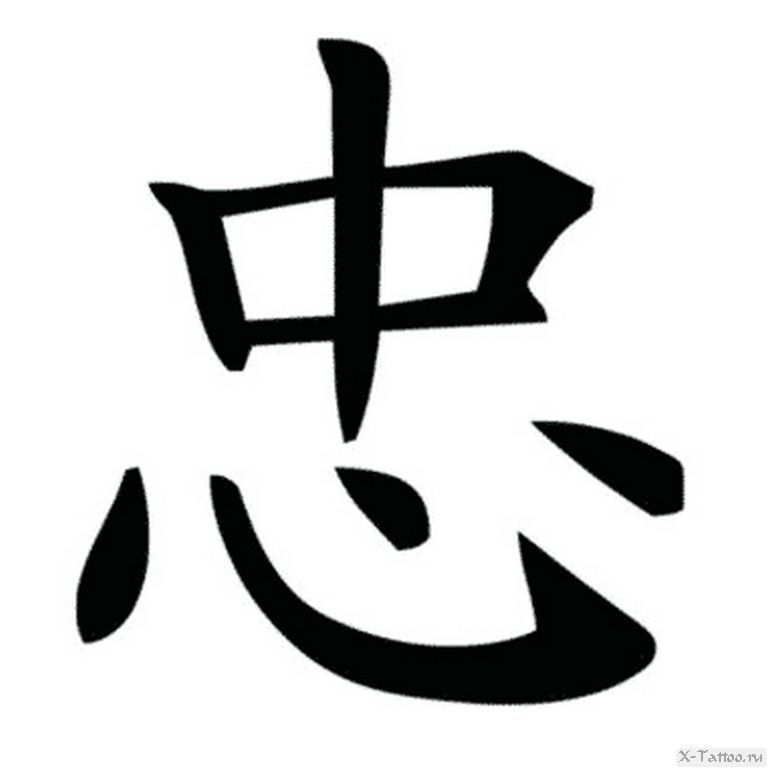

Loyalty
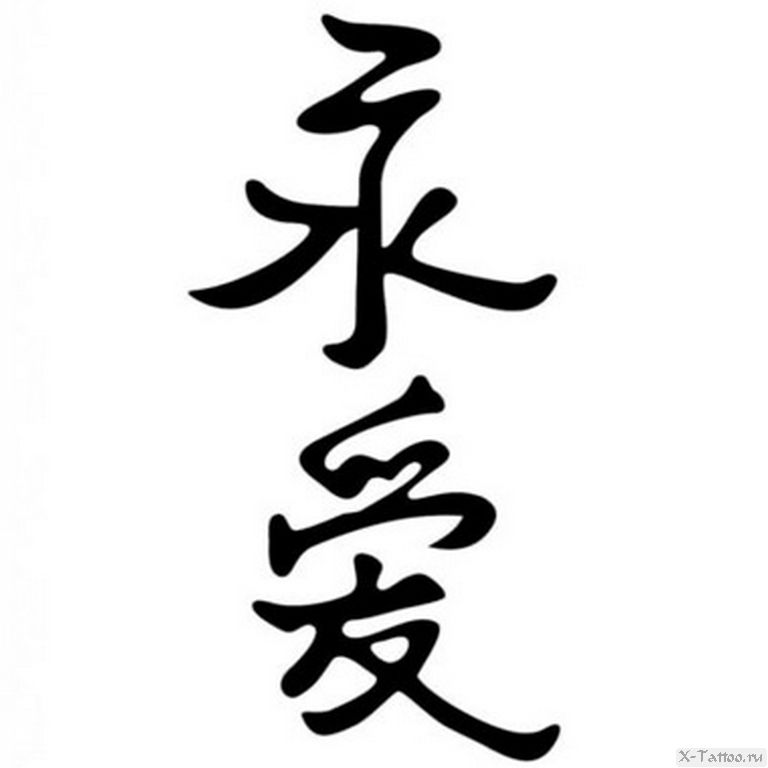

Eternal love
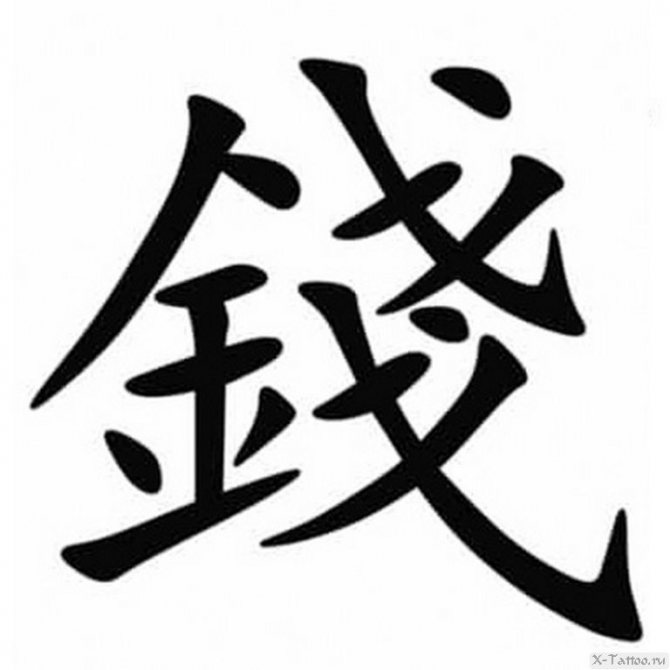

Money Health Snake
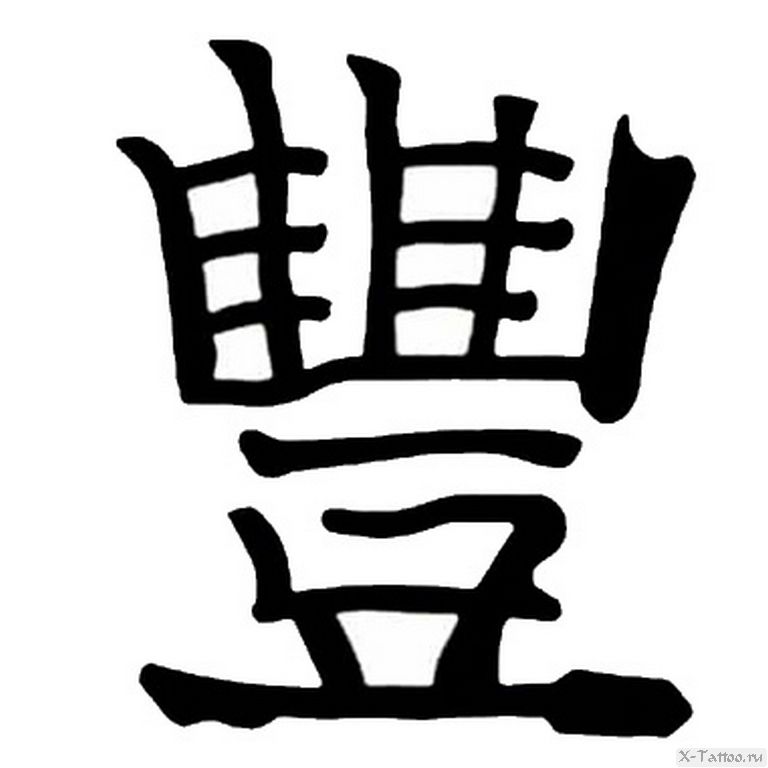

Abundance
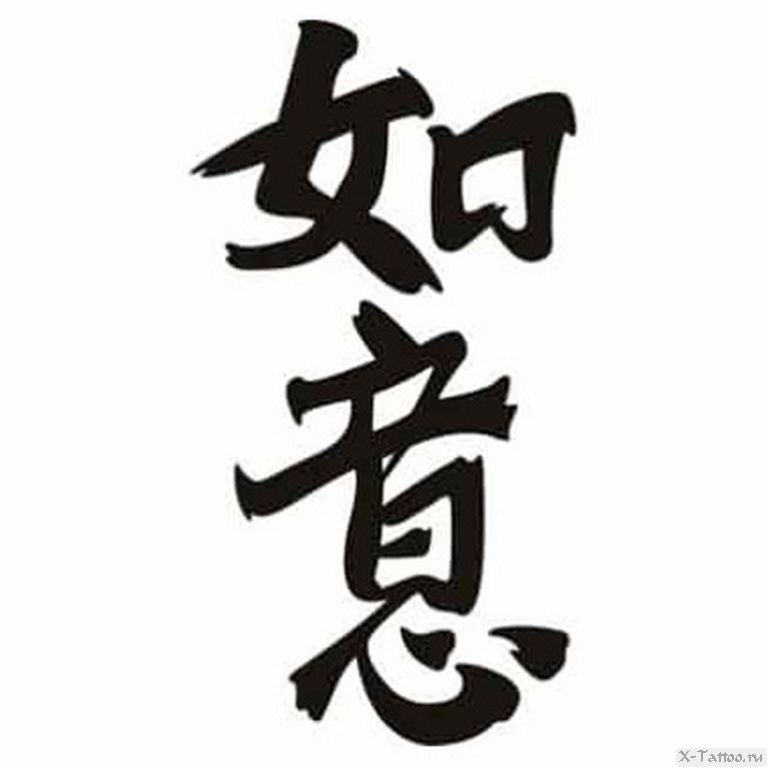

Desire fulfillment
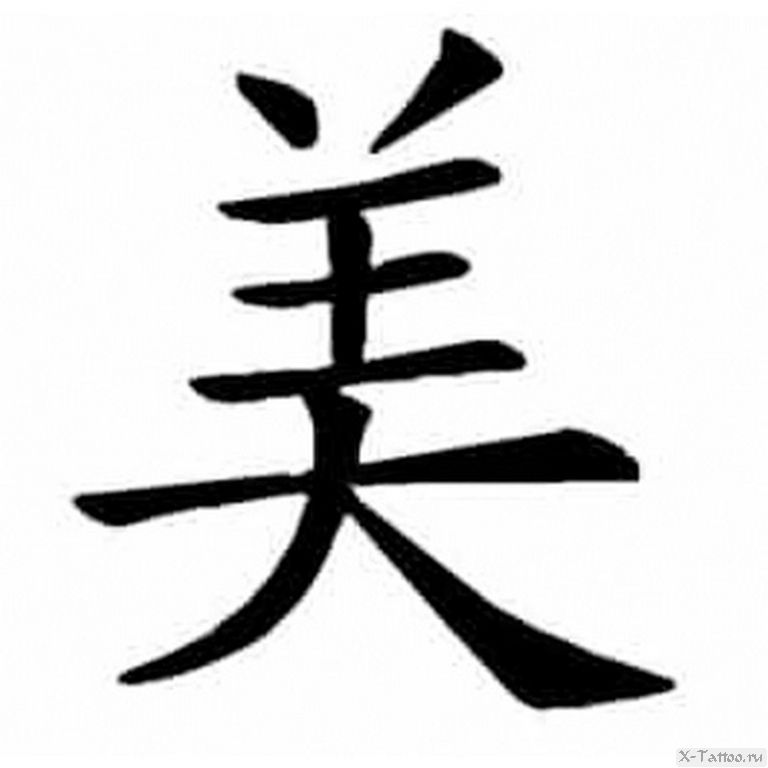

Beauty


Love
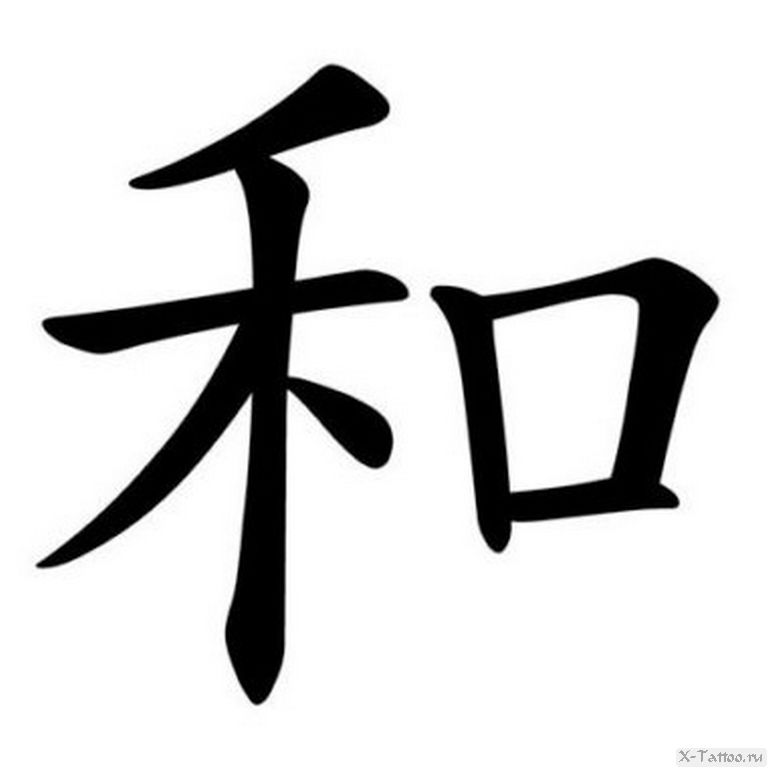

Peace


Sea Courage


Independence Fire
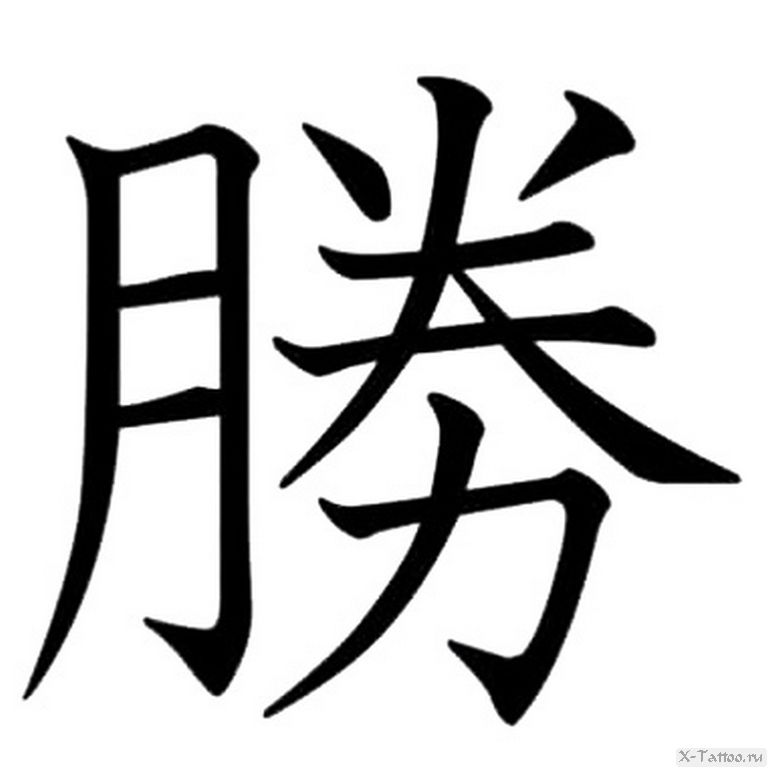

Victory


Prosperity
Japanese with translation
In second place in popularity are Japanese characters. Japan is very fond of tattoos, they even have their own eponymous style of tattoo.
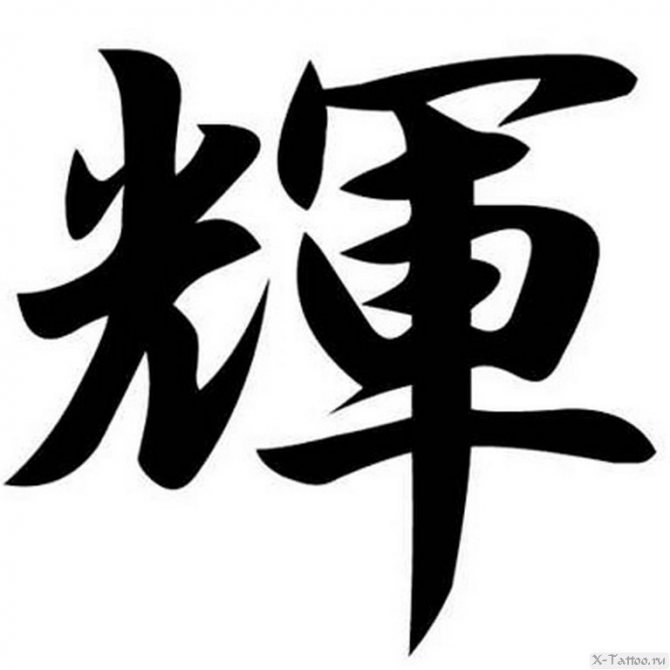

Shining Happiness Tiger
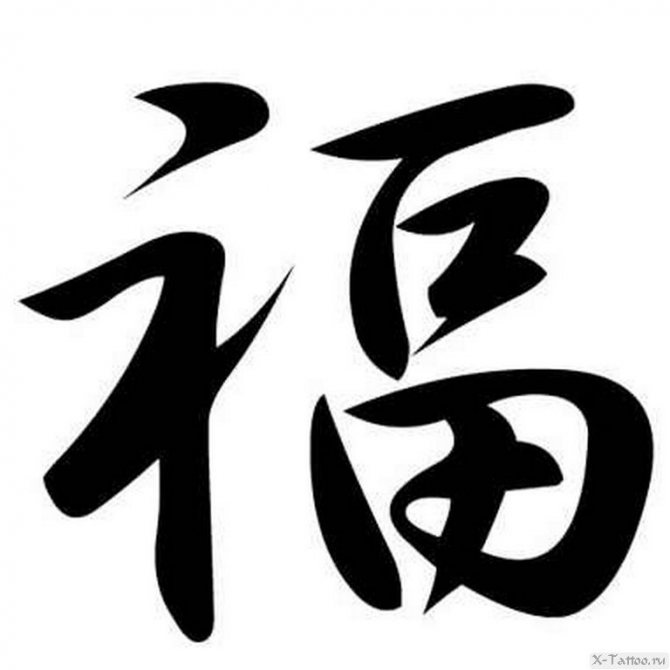

Luck Flower Gorgeous


Spring
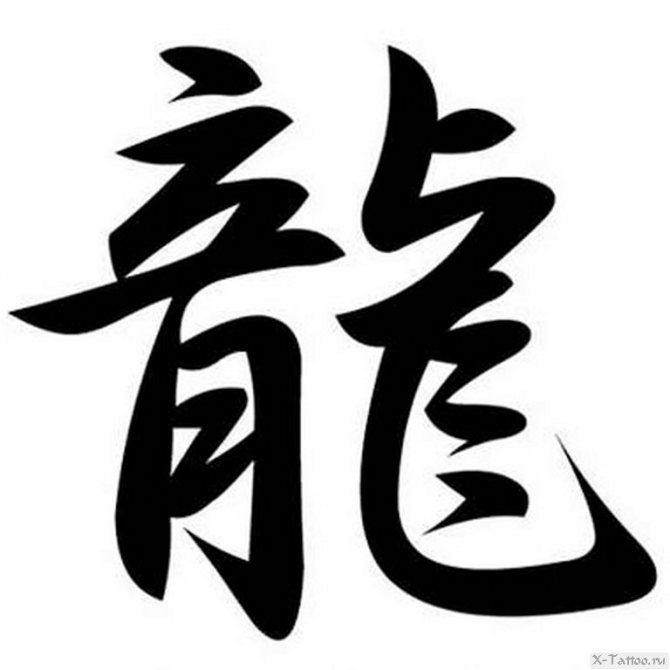

Dragon Friendship Spirit
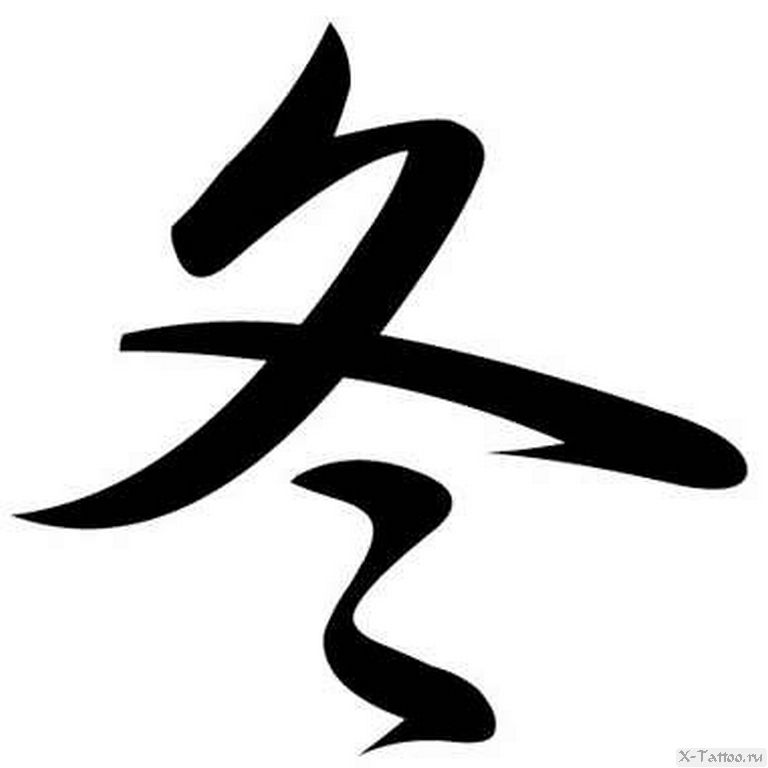

Winter Sincerity
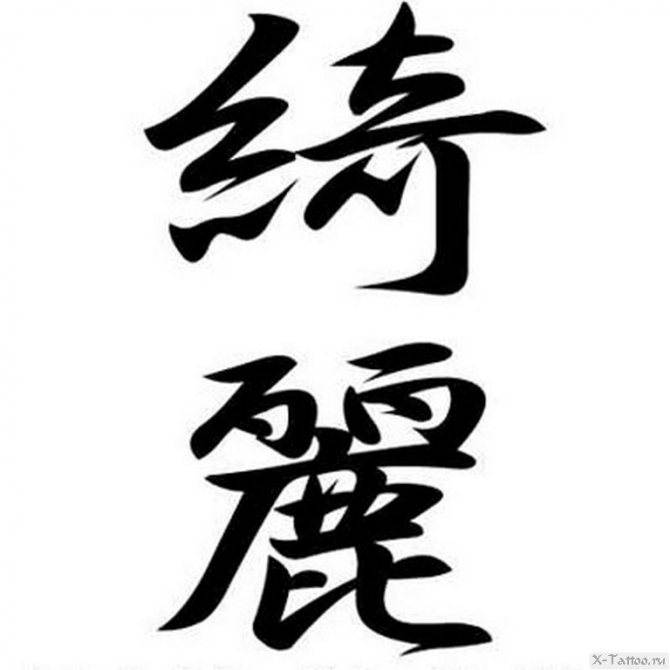

Beauty Leopard
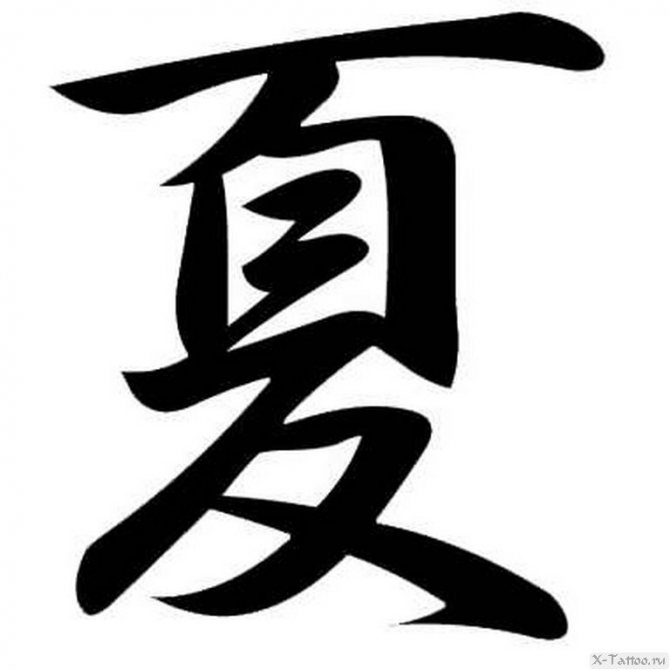

Summer


Moonlight
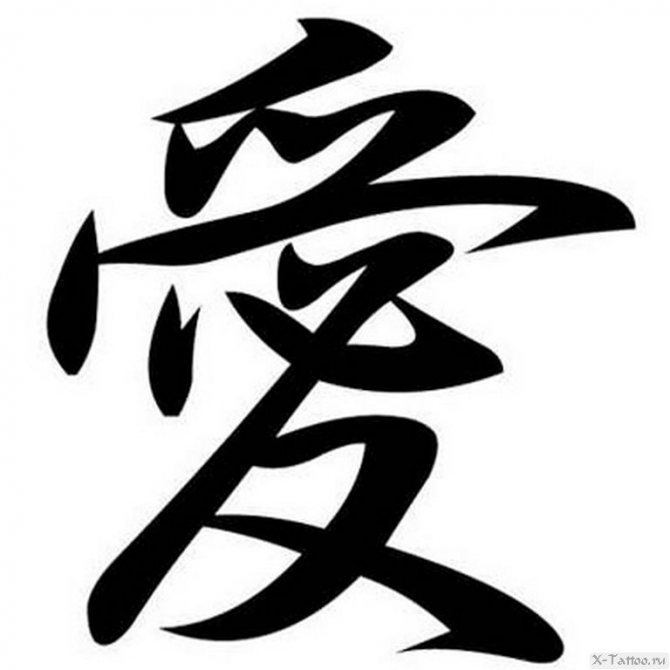

Love Dream
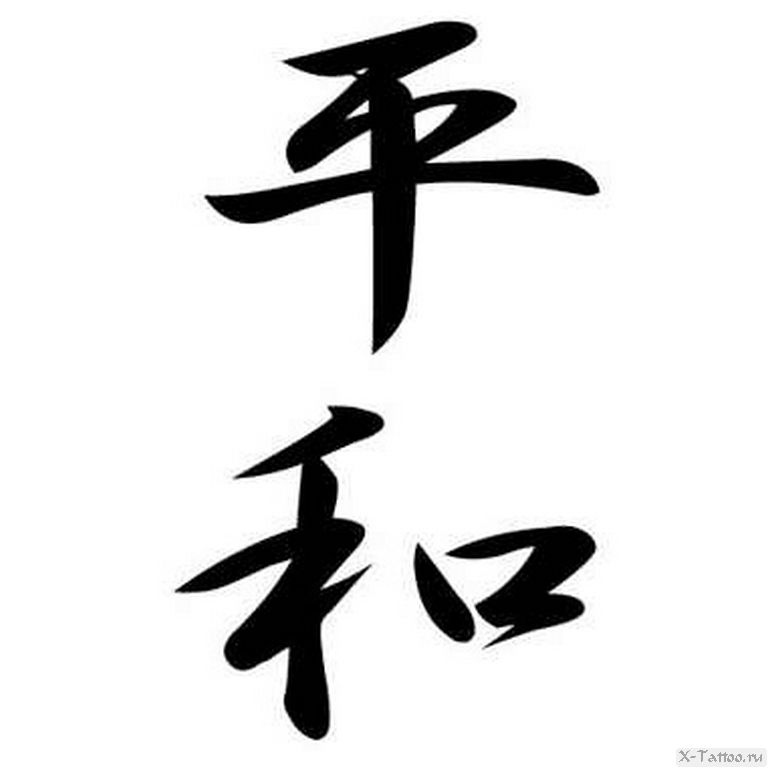

Peace
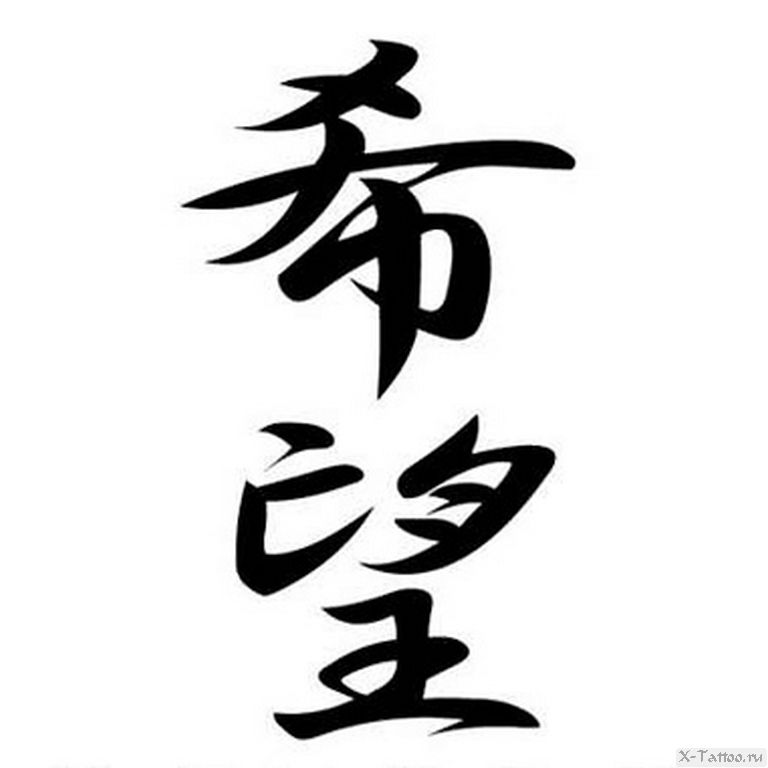

Hope Autumn
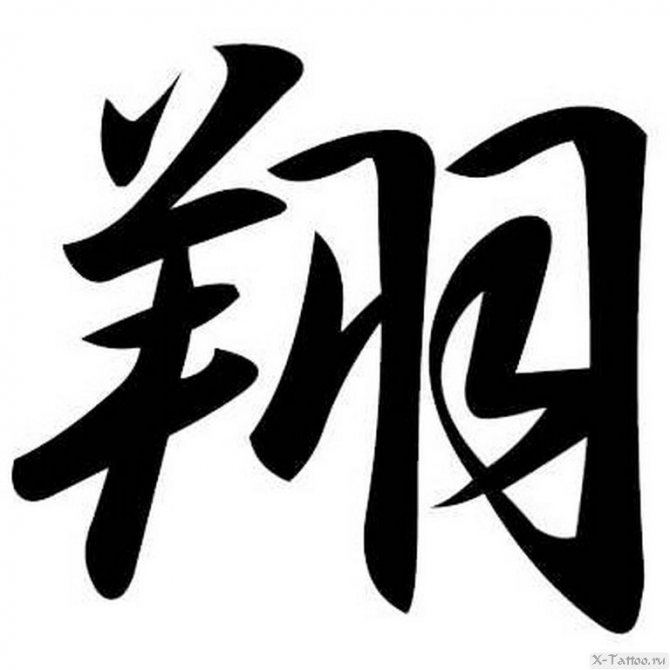

Flight


Sakura Rose
On the neck and head
According to statistics, most often, tattoos of Chinese characters are printed just on the neck. I think many have met people with a printed symbol of the Chinese horoscope in this place. On the head it is possible to meet such tattoos seldom. The only exception is a woman's favorite spot - behind the ear.
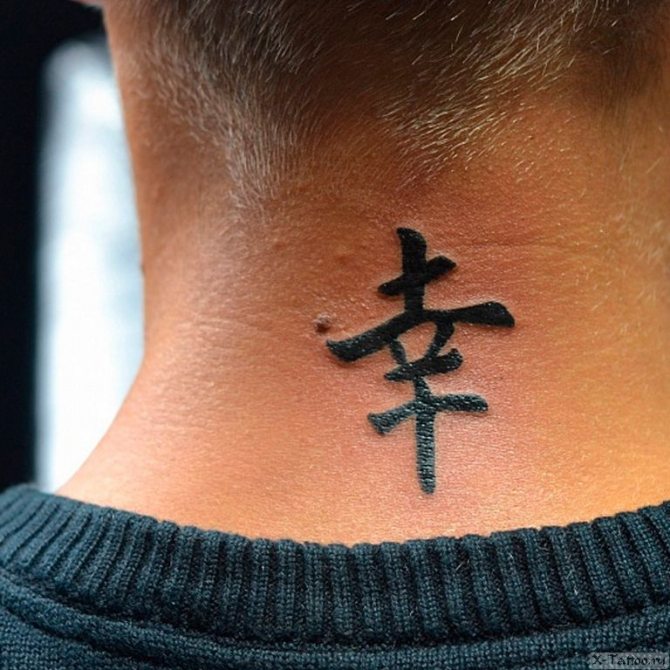

Also in fashion lately are tattoos on the face.
It is already possible to meet a character with an oriental symbol above the eyebrow or under the eye.


On the stomach and chest
On the torso, the place for a tattoo usually depends on gender. Girls prefer to beat hieroglyphs on the collarbones, under the chest or on the side and ribs. Last, by the way - a great place for some great quote or a long clever phrase, the meaning of which in Russian you will know only.
Guys choose the area on the chest or stomach. On these parts of the body itself, the hieroglyph tattoo is not very common. Usually it's put on a couple with some kind of Japanese-style drawing.
By the way, if you're wondering, it's almost impossible to find hieroglyphs on intimate parts of the body. They are not beaten there.
Types of Japanese tattoos
Before choosing a sketch of the future tattoo, you need to determine the type of image and type of tattoo. It is worth remembering that all drawings have a specific meaning and a logical explanation, going deep into history. The Japanese tattoos are characterized by high artistry and beauty, so they hide behind themselves a large semantic load. If a large sketch is used to create a tattoo, then it is necessary to involve all parts of the body, with all the resulting voids being filled with inscriptions, ornaments and other symbols, complementing the mystical appearance of the huge composition.
Varieties of Japanese tattoos:
- Iredzumi are tattoos that first appeared on the bodies of sections of the yakuza clan. The drawings usually occupy the entire body, starting from the legs and up to the neck.
- Kukushi-boro are tattoos that are placed on the inside of the thigh or in the armpits. These drawings are considered personal, as only someone close to them can see them. A special technology was used to create the image, thanks to which the drawing became white when its owner became aroused.
- Gaman - tattoos of privileged persons, nowadays these are sketches, which are more preferred by girls.
On the back and spine.
Since the back is a very large area, it would be foolish to score it with a single Japanese character. But they can be stuffed on the lower back, on the shoulder blade, or under the neck. This is usually just a variant of the tattoo for girls.
Men, as in the case of the sternum, score a part of the body with a large-scale drawing that includes the characters. Or make a tattoo with Japanese or Chinese symbols along the spine.
Traditions of application and symbolism
Surprising as it may be, the Japanese are forbidden to have tattoos on their own bodies. There is a dress code at work in the office, not only related to clothing. If a resident of Japan has a tattoo sleeve - it must be hidden from prying eyes. Failure to follow this rule may result in dismissal or a request to leave a public place. Masters advise those wishing to tattoo in this style to first learn the elements of the technique in more detail. This is related to symbolism. The chosen drawing will carry a certain meaning, which should coincide with the philosophy of the owner and his views on life.
On the hand
The hands are in second place after the neck. Hieroglyphs tattooed on the shoulder, and on the forearm, and on the wrist. Yes, even on the hands and fingers do, but less.
In these places will look appropriate tattoo with the names and lifelong mottos in Chinese or Japanese.
On the leg
Beat Chinese tattoos of characters on the thighs and calves like men. For these places it is better to use thicker lines and interesting fonts. Again, no one forbids to add a beautiful drawing.
But on the foot Japanese characters are found mainly in women. The neat thin lines that make up the hieroglyph adorn a woman's leg and add elegance. With a small tattoo ankle or ankle will look especially feminine.
Features of Japanese tattoos
Distinctive features for Japanese body images:
- Large color palette and play with shades.
- Leading tattoo motifs are highlighted by clear and vibrant colors.
- Clear lines and contours, shapely outlines of the tattoo.
- Expressiveness and "live image of the figure" - tattoos are put on the body so that when a person moves, they also move.
- The main colors are red and black. It was with their help that most of the images were prepared.
- The division of the drawing into two categories: the main motif and geometry going into the background.
The Japanese tattoo on the body of a man or a girl is a symbol of Japanese culture, filled with deep history and ancient traditions. It is worth noting that the variety of Japanese tattoos is so great that it is almost impossible to meet an identical drawing. Among the most recognizable subjects are dragons and samurai, as well as their battles, flowers and other plants.
Photos of tattoos
Even if above in the article you have chosen a suitable sketch for yourself, there is still the question of how it will look on the body in the form of a tattoo. That's why we've put together a photo catalog of ready-made tattoos for guys and girls.
Click on the picture to enlarge the photo.
For men
The male population chooses Chinese characters that denote truly masculine qualities: courage, strength, bravery, loyalty, etc. It can also be the name of an animal:
- Lion;
- Tiger;
- Dragon.
No less popular are tattoos of hieroglyphs with philosophical meanings:
- Health;
- Wealth;
- Luck.
For women
Girls also like tattoos with the names of animals in Chinese. But they prefer not predators, but more cute creatures:
- Cat;
- Fox;
- Panda.
In terms of life values in women are relevant characters with meaning in Russian:
- Happiness;
- Love;
- Family.
Chinese horoscope
Bull Dragon Snake Goat Rabbit Rat
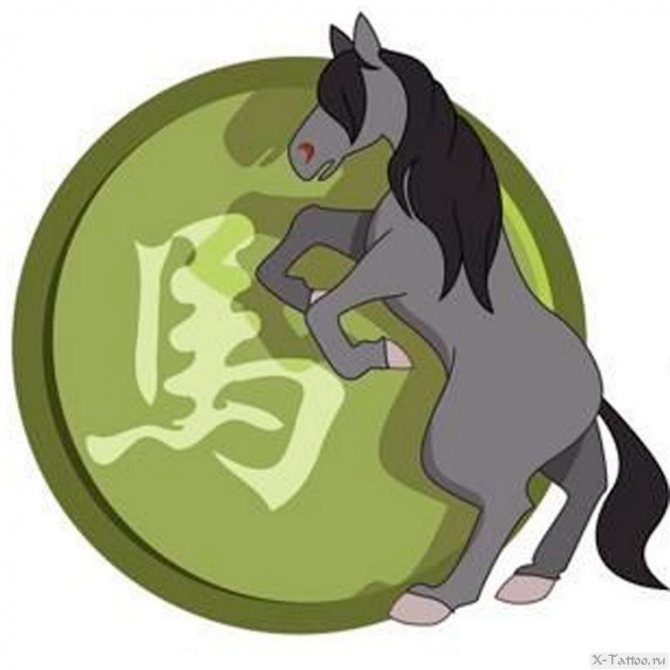

Horse
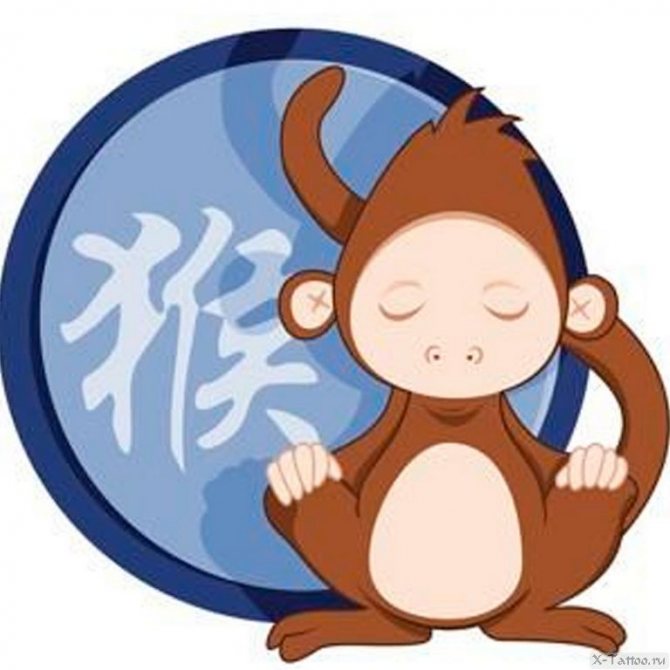

Monkey
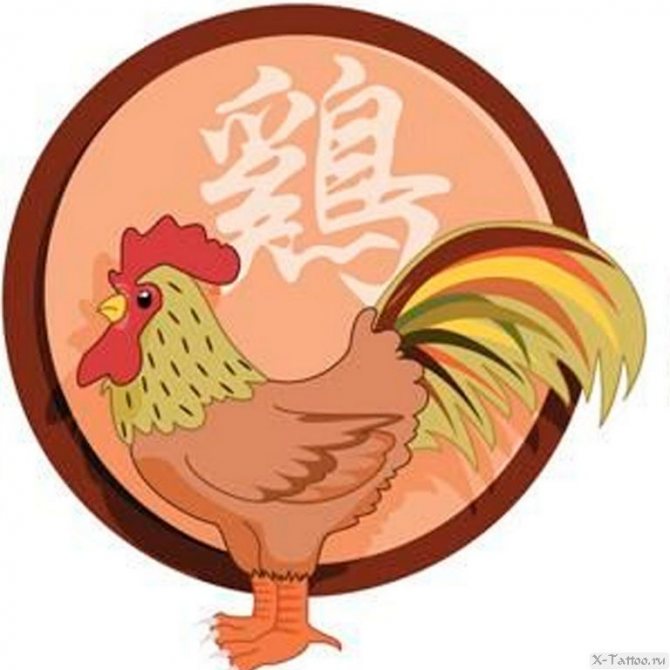

Rooster Pig


Dog
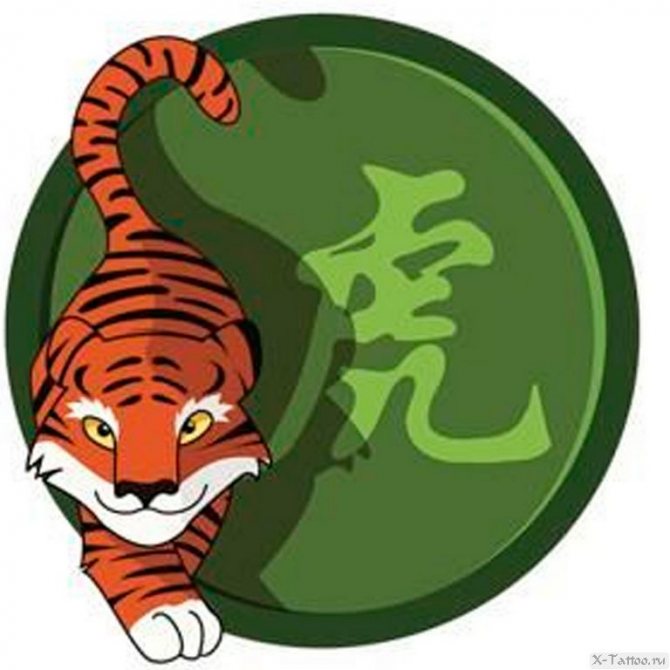

Tiger
History of Japanese tattoos
It is worth noting that for the inhabitants of Japan, tattooing is something special, practically part of their deep and vast culture. As we know, even in the ancient Chinese manuscripts of the beginning of our era we can find information that the Japanese put certain images on their bodies, using them as amulets and amulets. As early as the third century A.D., the inhabitants of Japan liked to paint their bodies and faces with amazing and mysterious drawings, which served as a symbol of ritual protection for men engaged in hunting or fishing, as well as a talisman for warriors. In the future, the Japanese used body painting to depict their history, belonging to one of the estates through drawings.
Initially, tattoos were applied to the bodies of girls and men by plant thorns, and all tattoos could be roughly divided into two types: a criminal's mark or a drawing that defined social status. As a stigma they used a character literally called "dog" and put it on the forehead so that everyone could see that this person was an outcast of society. In the Middle Ages, Japanese tattoos became in demand among geishas, lovers and priests, after which tattoos completely passed into everyday human life. Japanese tattoos have long served as a symbol that allows you to learn everything about a person, from age to the number of children and occupation.
This is interesting! The modern and popular tattoo "sleeve" came to us precisely from Japan. They were first used by Japanese samurai, whose clothes did not have sleeves. At the same time tattoos served as a symbol of strength and heroism, embodied the struggle against evil and the ability to go on a feat without fear of dying.
